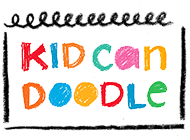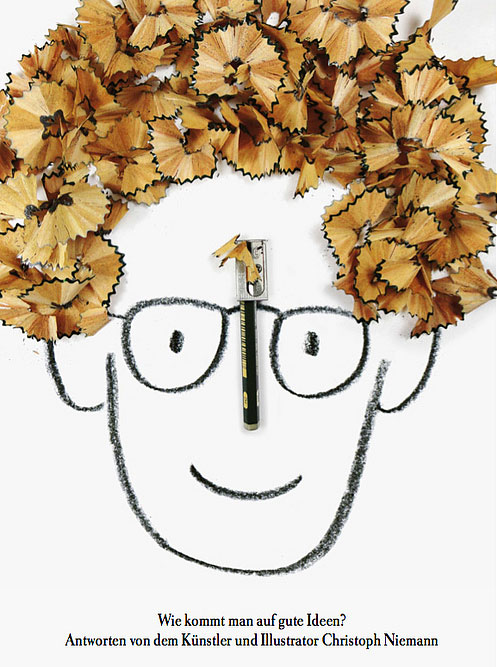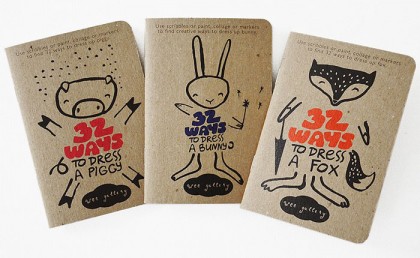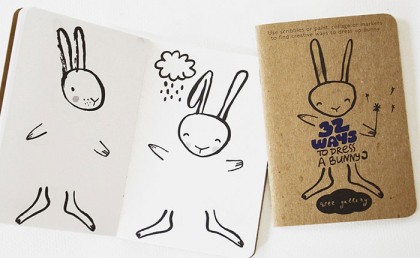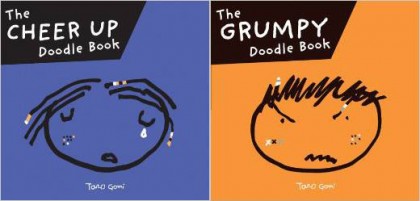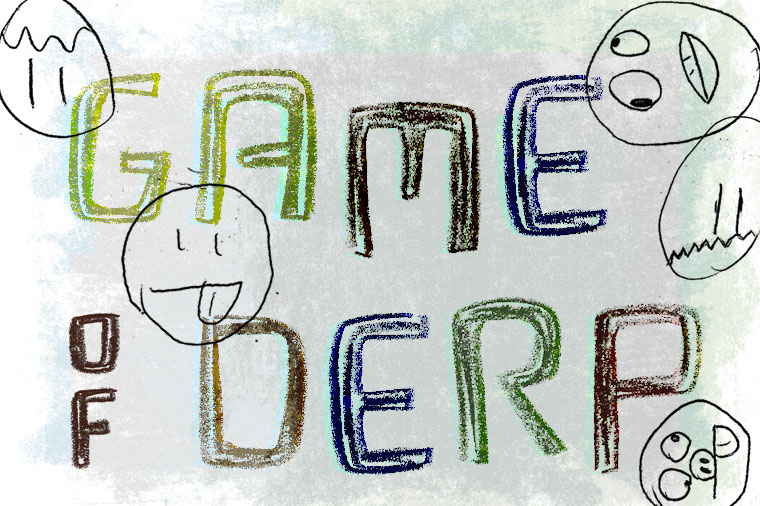Christoph Niemann is a brilliant illustrator, artist and author. He is proof that in the land of drawing, ideas are king. His work has graced the covers of magazines such as The New Yorker and The New York Times Magazine; he has authored several books (our favorite is I Lego N.Y.), and we especially love his New York Times blog, Abstract Sunday, especially this post, and this one. (Both are inspiration for our Show&Tell, Lollygadoodling.)
We’re completely chuffed that he answered our 3 & 1/2 Questions! Thank you Christoph.
How do you come up with your ideas?
Sadly (or maybe fortunately) there’s no magic. It’s mostly doodling and staring at a piece of paper. One thing I do consciously do when I’m stuck though is trying to get all the stupid, and obvious ideas out without holding back. Often they are good starting points.
Did you experiment with lots of different objects, and then come up with the drawings, or do you have ideas and then pick the objects?
The whole story HAD to be with Gummi Bears, since my lifelong obsession with candy is 99% related to them. I did once try to explain the electoral college system with M&Ms though.
Were you encouraged to draw when you were younger?
Apparently I had asked for pencils and paper when I was three. What I mostly remember about my childhood was being in competitive but inspiring drawing battles with my slightly older brother.
Please complete this sentence: I like to draw ____.
Faces.
Nothing is easier and nothing is harder.
See more of Christoph’s work here. Little Dude also recommends checking out Petting Zoo.
All images via Christoph Niemann
